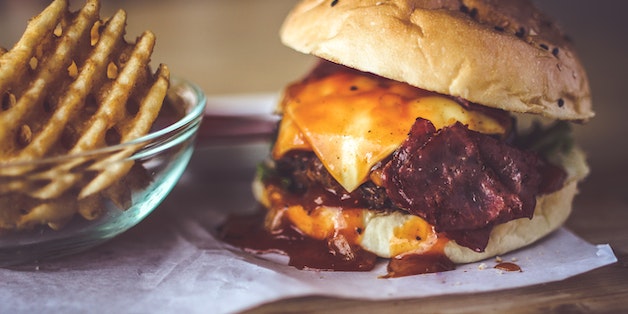
Where to find consumer psychology in QSR marketing

Some industries truly understand the value of consumer psychology as a marketing tool and quick-service restaurants (QSRs) are among them.
To help illustrate just how many traditional QSR tactics have elements of consumer psychology in them, we’ve compiled our favorites into a list.
Consumer psychology tactics in QSR
1. Limited-time menu items
More than a marketing strategy to drive consumer engagement, limited-time menu items are also an exercise in consumer psychology. This is because they are rooted in one scientific principle: scarcity.
Scarcity marketing is the promotion of brand-related materials that are viewed as limited in supply, either due to a real or perceived threat to product availability. It can be leveraged in many forms, including time, the main factor behind limited-time menu items.
Time scarcity is a particularly powerful motivator in QSR marketing. As time dwindles, it signals to consumers that they have to move quickly or risk missing out on the opportunity completely. Because limited-time menu items aren’t standing options, their exclusivity elevates the perceived value of the offer.
2. Nostalgic product marketing
Bringing back an old menu item does more than remind consumers of a beloved meal — it also engages certain psychological responses.
There’s a psychology to fast-food nostalgia, and it has a lot to do with how a consumer feels about the memories they made while eating. Eating a familiar meal brings consumers comfort, because they know exactly what they’re going to experience. Old menu items also remind consumers of the warm memories they had with friends and family at a restaurant.
The nostalgia consumers feel for old and returning items is a mixture of the warmth they feel from familiar tastes and smells and the emotions they experience.
3. Menu recommendations
Fast-food restaurants are all about building an order. Consumers create a meal based on their interests and rely on the brand to deliver a good experience.
Customers might already have an idea of what they’re looking for, or they may be open to an expert’s recommendation. Providing customers with a tailored recommendation creates space for two psychological elements to appear: simplicity and personalization.
Simplicity is rooted in the psychology that consumers enjoy easy experiences.
Getting a personalized recommendation takes away some of the stress associated with having to make a decision on what they should eat. It simplifies the customer journey, because they won’t have to take the same steps again. It also proves just how trustworthy your brand is (you know your customers well enough to suggest a meal they’ll like).
4. Human senses
Psychology isn’t just about the brain — it can enhance other areas of the human experience, as well. And for the QSR industry, human senses play a major role in connecting brands and consumers.
Fast-food restaurants allow consumers to have a very immersive experience. From carefully designed commercials to the taste of familiar flavors, the QSR industry has curated a journey for consumers that capitalizes on some of their most innate human features. There’s often a focus placed on how packing is designed (sight/touch), how the food smells and even the jingles or phrases that consumers associate with a certain brand (hearing).
The relationship between QSRs and consumer psychology is heavily displayed through marketing tactics. Those above are only a few ways brain science is commonly incorporated into QSR marketing.

Lindsay Keener is a brand journalist for Quikly. She covers stories that help to inform and educate consumer-facing marketers.

